Three Mile Beach: The Cornish, surf-inspired beach houses bound to put a smile on your face
On a mission to explore more of the south-west, Rosie Paterson checks into Three Mile Beach, on the furthest reaches of the north Cornwall coast
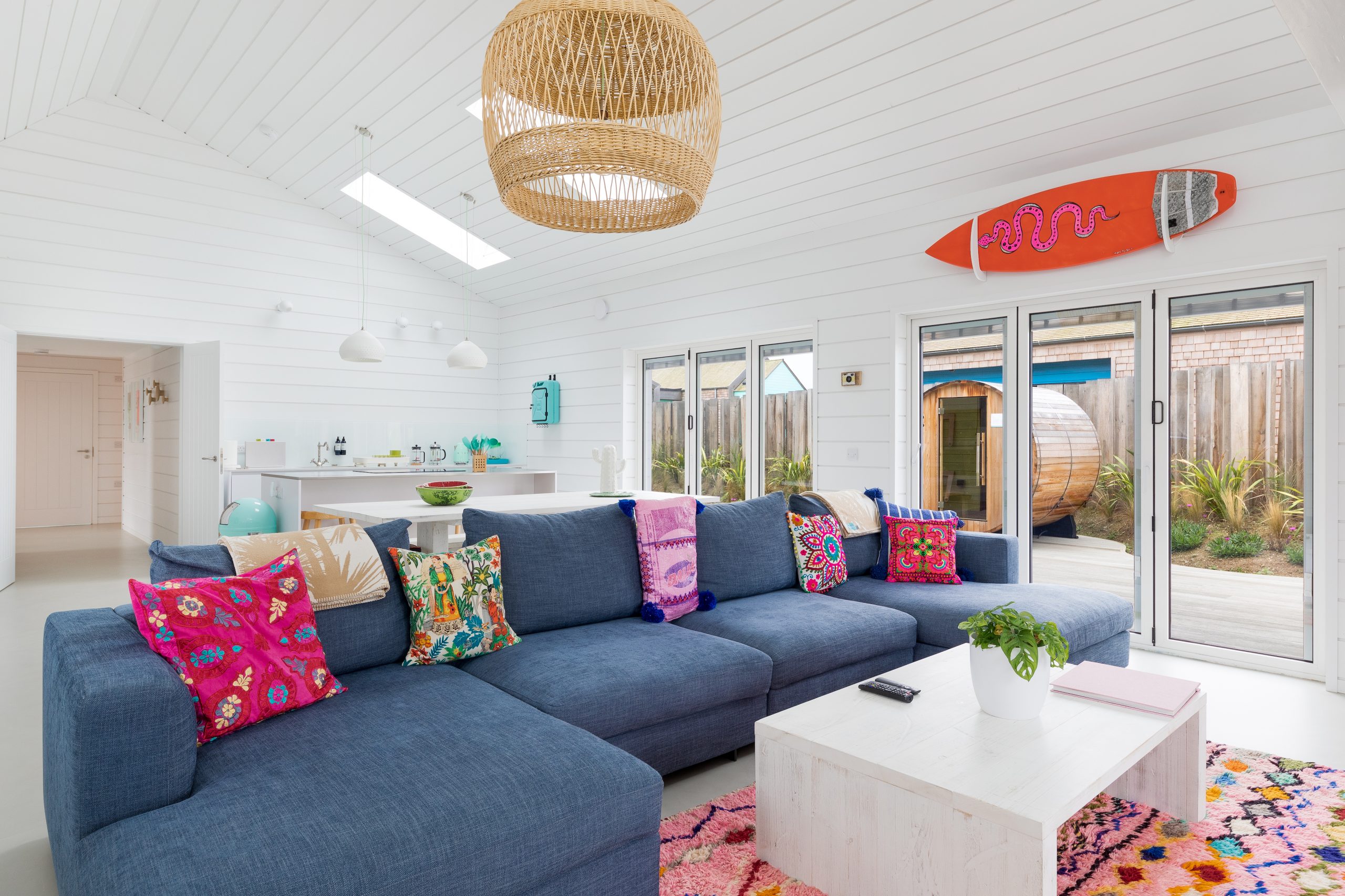

When my parents bought a house on the south Devon coast, I was mildly outraged. I’d spent my childhood summers in Polzeath, north Cornwall (I know, I know, very unoriginal), and this move felt like a very sudden and monumental shift in allegiance, county and coast.
Fast forward a decade and I’m down there more than I’m not. At one point it looked like I might have to be forcibly removed from the house — I’d lived in it for the duration of successive lockdowns and had started rearranging the kitchen cupboards to my liking.
The problem with falling head over heels with somewhere, or indeed someone, is that you rarely stop to consider what else might be out there. And, as a result, I’d seen little else of Devon in the last few years and not much more of Cornwall. I just assumed I had it best.
Until now.
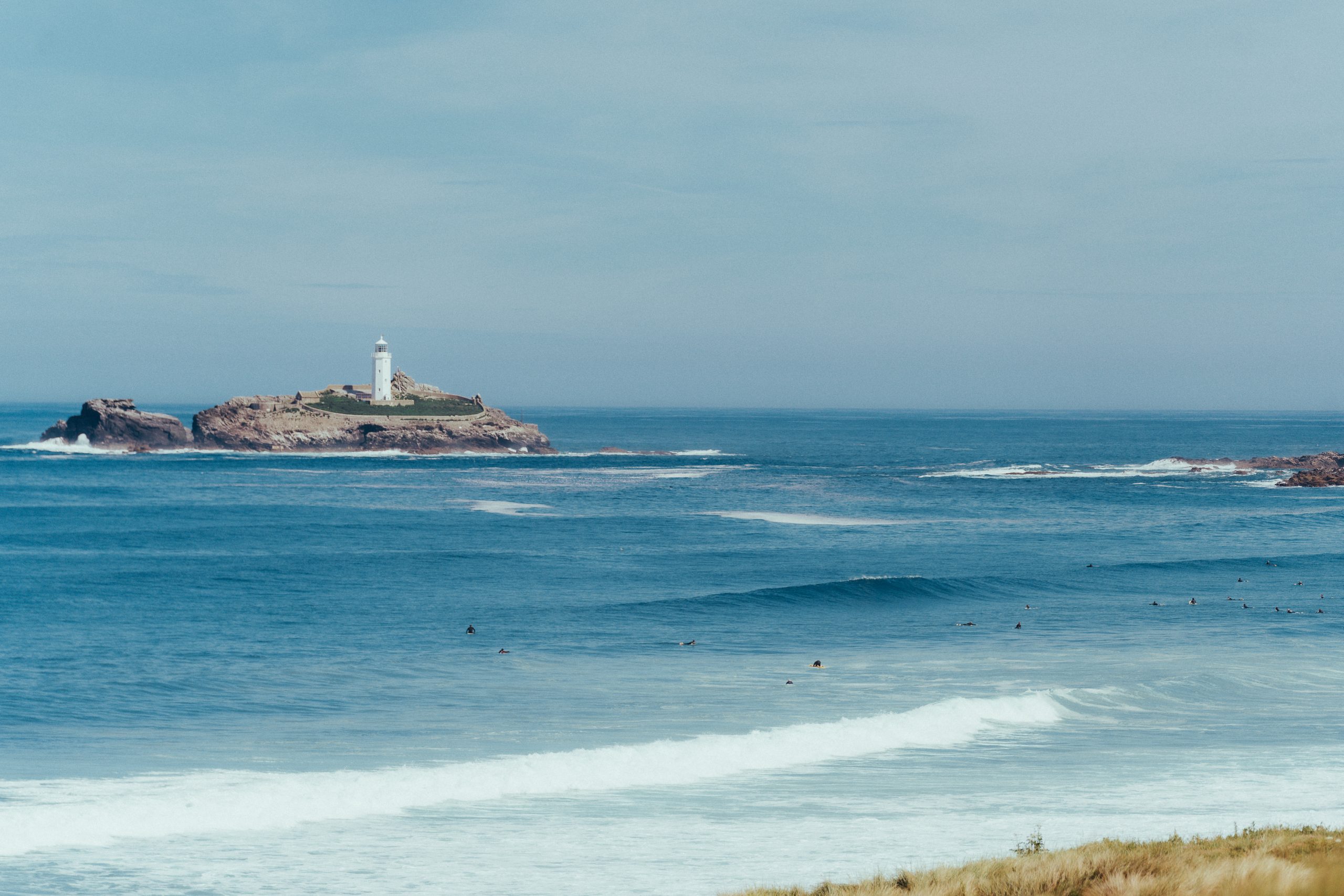
Now, I’m on a mission to explore the south-west, to fill in all the missing gaps, starting with the stretch of coastline running west between Padstow and St Ives. I’ve ticked off Perranporth, Mawgan Porth and St Agnes. And so onto Gwithian…
Gwithian’s make-up is similar to St Agnes: a pretty village with a lively pub set back from the beach, and a more modern, purpose-built, sea-faring hamlet on the water. Oh, that water. At low tide Gwithian Beach is a jaw-dropping three miles long; at high tide, as water rushes in to meet land, the coastline becomes a collection of smaller stretches of sand, coves and rocky promontories — each worth exploring.
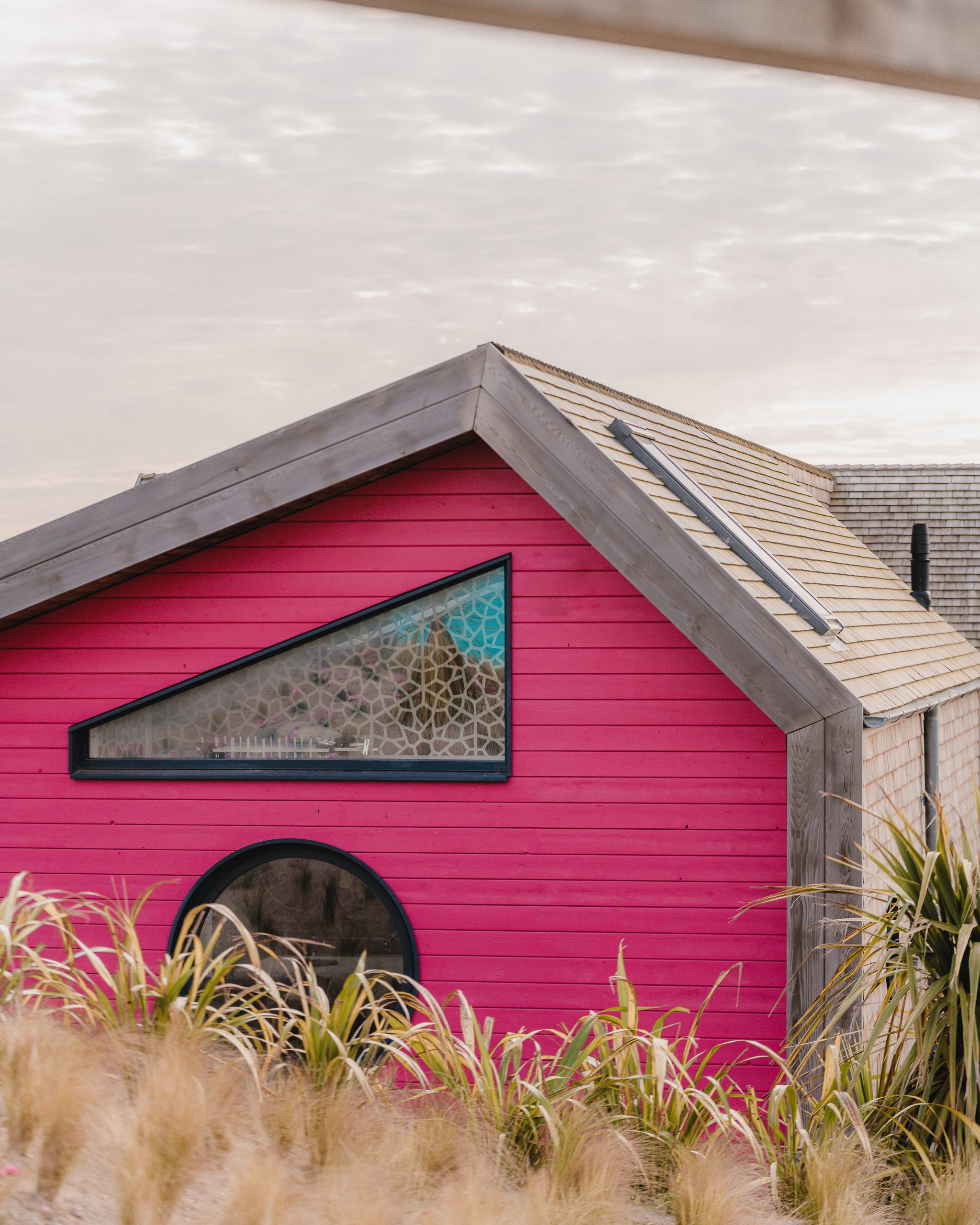
Towards the eastern end of the beach sits Three Mile Beach, a collection of 15 brightly coloured clapboard beach houses, celebrating its first birthday and first season free from the clutches of Covid. From a distance, the houses look like a handful of iced-gem biscuits, one shocking pink, its neighbour violet, another turquoise. Up close and inside, each one is like the ultimate surf shack, whether you surf or not (there’s a surf school stationed at the entrance if you fancy a lesson and unlike other popular surf beaches nearby — like Polzeath and Newquay, that funnel you all into a narrow column of water — here there are multiple, wide breaks to choose from).
Sign up for the Country Life Newsletter
Exquisite houses, the beauty of Nature, and how to get the most from your life, straight to your inbox.
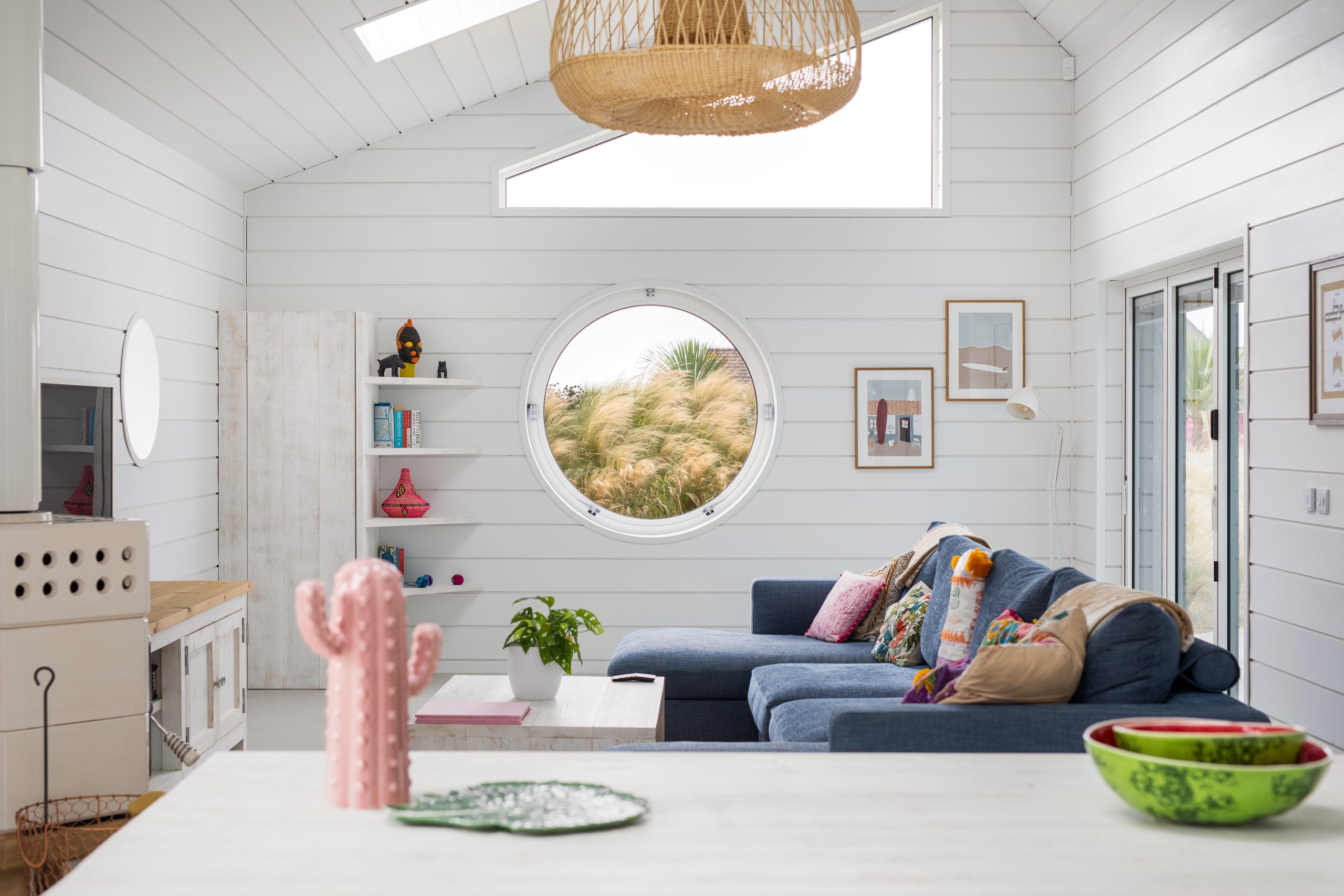
Retro surfboards hang on tongue-and-groove walls in the open kitchen and some of the bedrooms have a separate sleeping nook on a mezzanine floor, under a pitched roof, for children and young-hearted adults alike. Open kitchens come pre-stocked with welcome hampers, Camel Valley sparkling wine and plenty of scones; the living room has plenty of board games for rainy days.
In the days leading up to my trip, the weather looked decidedly miserable (read: English), so it was with open arms that I welcomed the sun which appeared as I hurried down the A303 in the DS 7 Crossback E-Tense (available to purchase now for delivery in the Autumn) and didn’t disappear again until after I’d left.
I was with a friend and as we left central London, the DS 7 still in zero emissions mode, we argued over the car interior — I was for the diamond pattern detail on the leather steering wheel, seats and gear stick, she was less convinced, but we both agreed that it made mean work of speed bumps — and cringed at every passing petrol station, prices creeping closer to the £2 mark. And then the realisation that this is the dream car for people who regularly flit between town and country. The car switched to hybrid mode as we hit the city’s outskirts and active sport — which allows all the petrol engine's power and the two electric motors to work simultaneously — on longer stretches of motorway. You can drive up to 40 miles in zero emissions mode — perfect for pottering around London — and it only takes around two hours to charge it up from a wall-mounted terminal (regenerative braking means that you can also transfer energy created as you apply the brakes into electricity). We survived the 700 mile round trip with change still to spare.
And that change came in handy at St Erth, home to a park and ride service into St Ives, six miles from Three Mile Beach, via the St Ives Bay train line. ‘Less than £5 for two return tickets?’ we muttered incredulously to anyone who would listen. ‘You can’t even step outside your front door in London for less than double that.’
We trundled through Carbis Bay, delightfully free from the clutches of the G7 summit and marshmallow-roasting politicians, children paddling in its shallow, surf-free waters, arriving at St Ives station a few minutes later, a short walk from the harbour. In the town, we picked up marled socks by Japanese brand Anonymous Ism at lifestyle store Academy & Co and soft, sustainable throws from Atlantic Blankets. And at Porthmeor beach, below Tate St Ives, we watched a wedding party take their photos in front of the water.
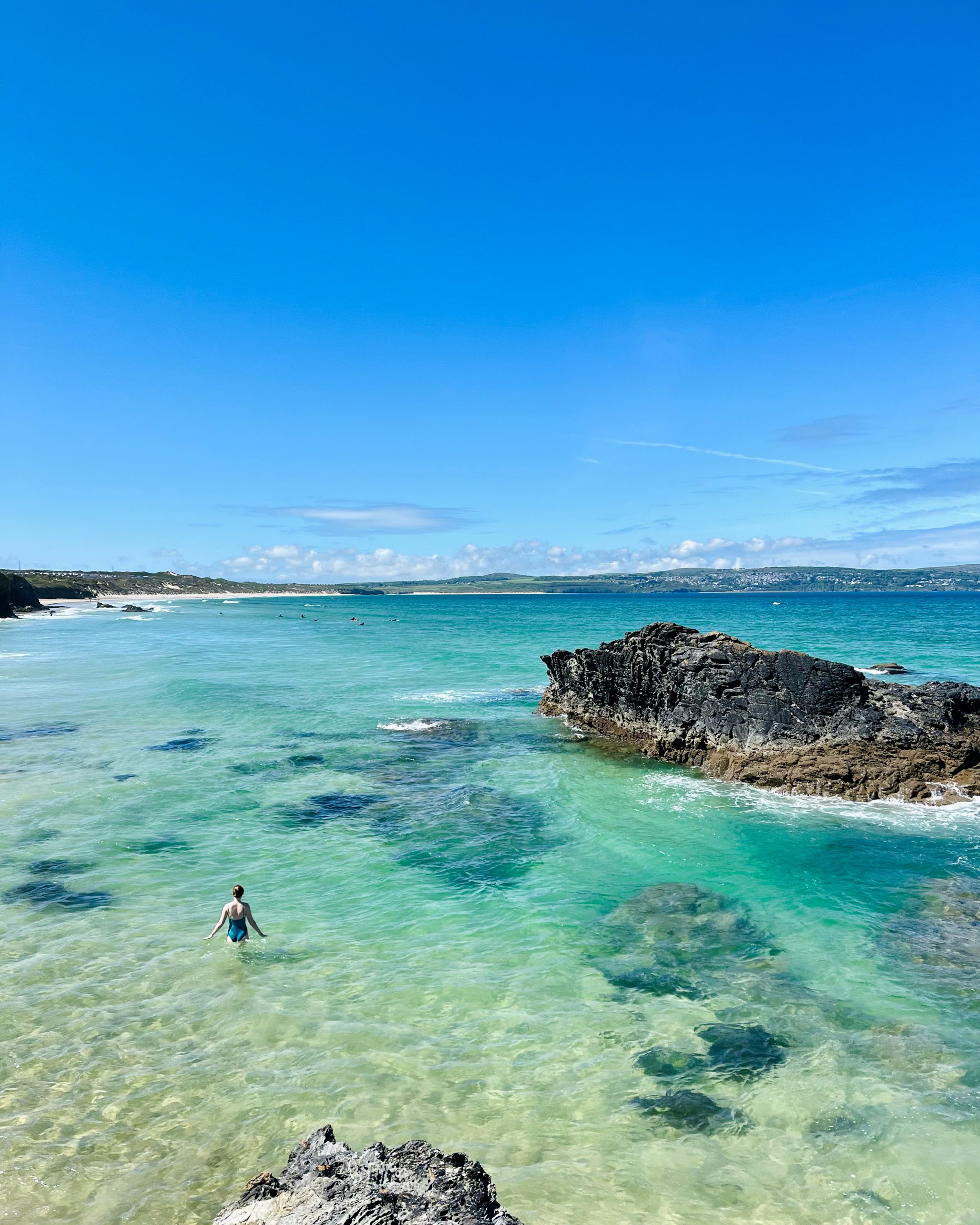
There is, however, little need to leave the immediate confines of Gwithian: Godrevy Head — where slumbering seals like to congregate — is a 30 minute walk from the beach through dunes and past the Jam Pot tea room (pick up a pasty) and Hungry Horsebox Co (pick up a rocky road…or three). On the walk back, high tide was fast approaching and the sea had turned that kind of fabled glassy blue that you only see in other people’s photographs and assume must’ve been heavily edited. We found a swim spot, straight off the rocks, to one side of the lifeguard’s hut.
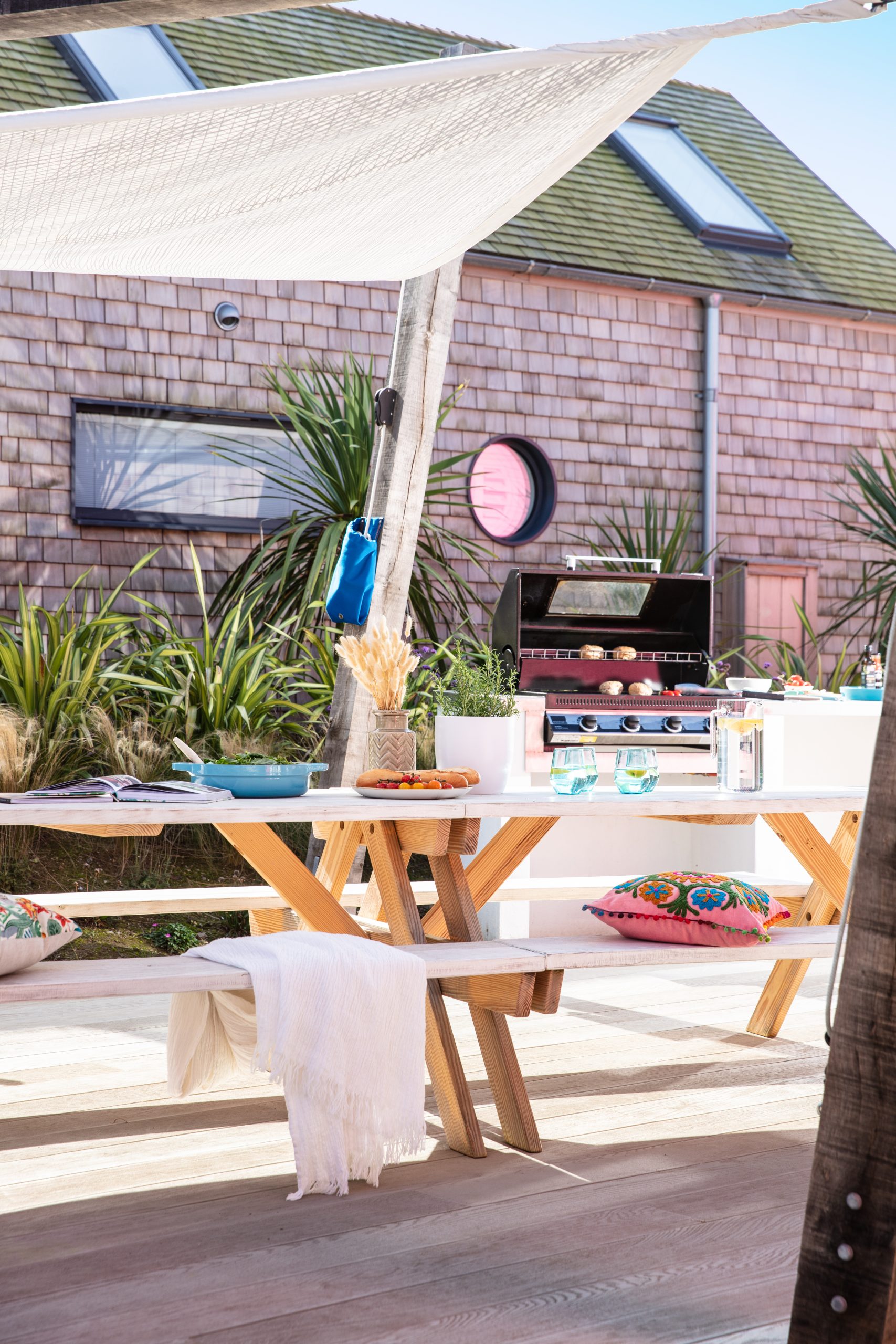
Back at the house, I sat on the deck, framed by feather-light grasses and clumps of pink campion, trying to get to grips with the Ooni pizza oven, while Ellen tried out the sunken cedarwood hot tub (there’s also a barrel sauna, surfboard rack, outdoor shower and BBQ). If you don't fancy cooking there's an on site, al fresco restaurant that serves up a mean Sunday roast and delicious cocktails. Already full to the brim with everything we’d hoovered up on our walk, we could only laugh when, thanks to a minor miscommunication, twelve fresh pizza bases turned up at the door instead of two.
From £4,500 per week in the summer for a three-bedroom beach house
Rosie is Country Life's Digital Content Director & Travel Editor. She joined the team in July 2014 — following a brief stint in the art world. In 2022, she edited the magazine's special Queen's Platinum Jubilee issue and coordinated Country Life's own 125 birthday celebrations. She has also been invited to judge a travel media award and chaired live discussions on the London property market, sustainability and luxury travel trends. Rosie studied Art History at university and, beyond Country Life, has written for Mr & Mrs Smith and The Gentleman's Journal, among others. The rest of the office likes to joke that she splits her time between Claridge’s, Devon and the Maldives.
-
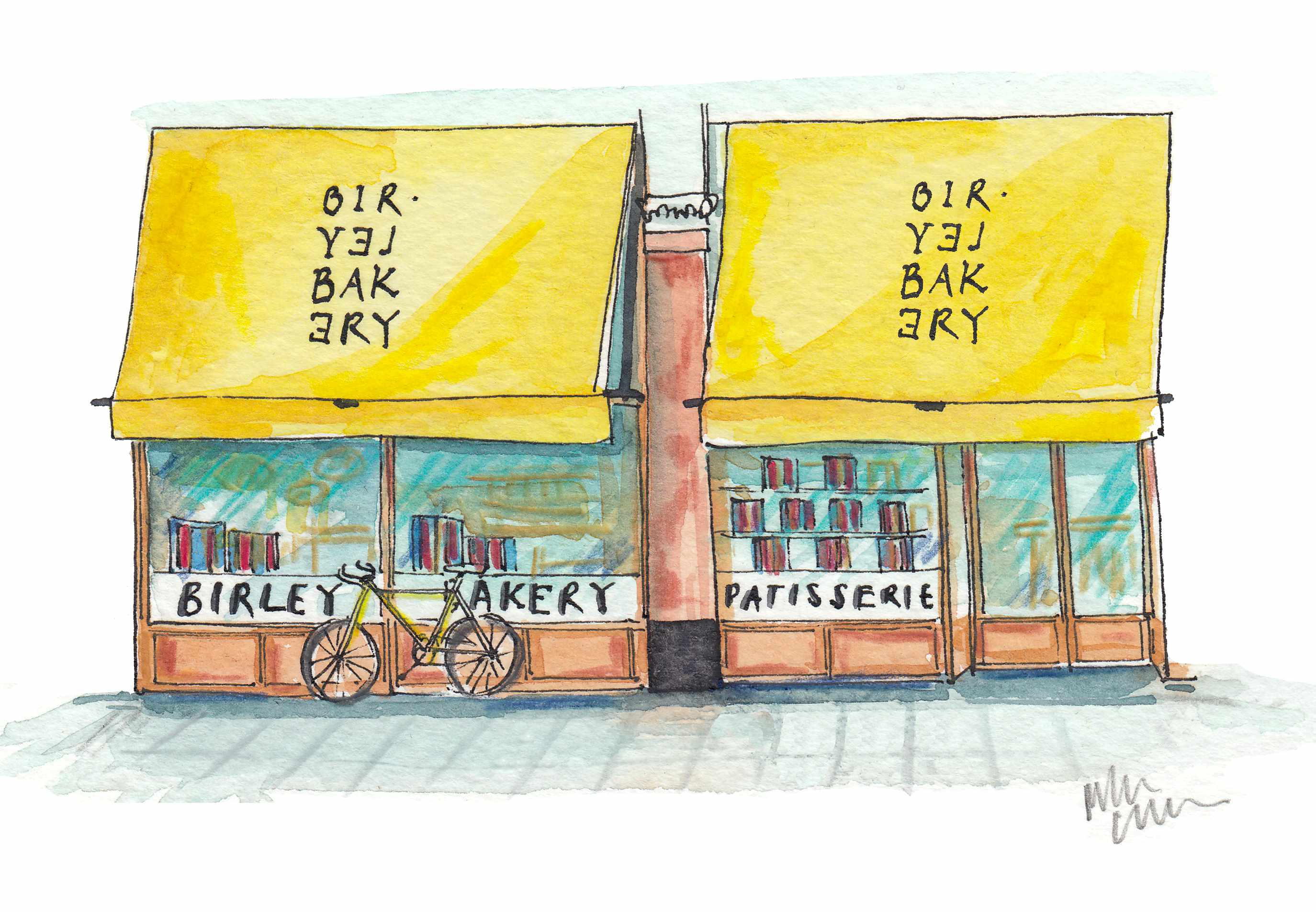 'That’s the real recipe for creating emotion': Birley Bakery's Vincent Zanardi's consuming passions
'That’s the real recipe for creating emotion': Birley Bakery's Vincent Zanardi's consuming passionsVincent Zanardi reveals the present from his grandfather that he'd never sell and his most memorable meal.
By Rosie Paterson
-
 The Business Class product that spawned a generation of knock-offs: What it’s like to fly in Qatar Airways’ Qsuite cabin
The Business Class product that spawned a generation of knock-offs: What it’s like to fly in Qatar Airways’ Qsuite cabinQatar Airways’ Qsuite cabin has been setting the standard for Business Class travel since it was introduced in 2017.
By Rosie Paterson